Crowds Stampede for Luxury Goods in “Open-Run” Phenomenon
A Look Into Ever-Exorbitant Costs and Continued Hype for Luxury Brands
January 20, 2022
Instead of traveling overseas for some relaxation and summer fun, standing in line for a Chanel bag in an air-conditioned mall has become a way to beat the heat. Running has become an increased part of daily life for Koreans, but not exactly for fitness reasons. A herd of people lead you to the place where you would least expect to see a large group of sprinters: a department store.
South Korean consumers lined up in front of major department stores in Seoul before opening hours. Customers rush to buy Chanel bags in the run-up to notable price hikes, in what local media outlets called an “open-run” phenomenon. It’s common to see long lines in front of brand-name boutiques like Chanel, Hermes, and Rolex. Given the wait time, queuing up in line is a lucrative side hustle (in Korea, at least). Part-time line-holders receive 100,000 won per session and up to a 300,000 won finder’s fee if they manage to buy the item the client wants.
“These days [lines in front of luxury brands] are getting worse; it is getting harder to get in, especially during weekends. I went because I wanted to purchase, but there were too many people trying to get in, so I had to line up,” a staff member at school said of the experience.
But the question remains: is it worth waiting so long just to purchase exorbitantly priced high-end brands? There are definitely psychological, social as well as demographic factors that must be examined in detail to understand the phenomenon of luxury hoarding.
South Korea is known globally for its extremely competitive society. Generally, Korean people like to show off in many aspects of life, and this pride extends to material possessions. Domestic industry officials note that this is just one of the cultural constituents behind the luxury goods market’s steady growth for the past few decades.
The other reason behind the explosive growth of luxe purchases – the new generation of consumers entering the scene, Millennials and Generation Z, known colloquially in Korea as the “MZ Generation.” These MZ consumers represent a new generation who has completely lost hope in ever becoming a homeowner.
Granted that they worked hard and saved regularly, prior generations could buy their own house or apartment after working for a decade or two. However, with the current country’s housing crisis, the hope lost in the real estate segment is (ironically) funneling the MZ consumers’ basic human desire for security and social status into the high-end fashion market. Ultimately, these acquisitions reflect South Koreans’ emphasis on a desire for social equality. The MZ generation wants to be on equal grounds with the rest of the society by purchasing what they think “all the others” have – couture.
Additionally, “revenge spending” appears to have boosted demand for opulence, as people wanted to release pent-up demand for spending after the country relaxed strict social distancing in early recording to market watchers. These spending rates are reflected in the data collected from Statistics Korea, which reports that consumer spending at department stores surged by 33.5 percent in February in comparison to 2020, the biggest jump since February 1996.
Such an unprecedented craze for high fashion has caused sales to skyrocket at the country’s top three department stores. According to Shinsegae, Hyundai, and Lotte department stores, revenue from selling luxury goods in April and May increased by 49-56% in comparison to the same period last year, which showed numbers around 16-28%. This sudden spike in sales reflects directly upon the “open-run” phenomenon, where people wait in front of the department stores before opening times.
Most years, luxury brands use price increases to offset inflation in expenditure and labor costs, as well as currency moves. But 2021 has been exceptional – recent price increases have been aggressive. French brand Christian Dior began to raise the prices of its big-name bags. The latest hikes have reportedly been applied to Dior products sold in South Korea, Canada, and other countries, as part of the French luxury goods conglomerate LVMH’s (Louis Vuitton, Dior, Fendi, Gucci, and more) sales plans. In the first half of 2021, other costly brands such as Louis Vuitton, Gucci and Prada had also raised the prices of their major goods.
The unexpected interest in luxury items is a nod to more frequent and more drastic price hikes. The brands had previously raised their retail prices only annually or biennially, at a rate of 5-6% each time. But now, prices are raised by 10% – four times a year. Some customers have started hoarding items before every price increase, and those aware of the ongoing price hikes participate in “open-run.”
Industry figures also depict generation Z as a major spending group. According to Hyundai Department Store, 45.2% of those who bought luxury items in April and May this year were MZ customers. The figure was only 25.6% during the same period two years ago, in 2019. Why such a vast increase of customers?
South Korea’s YouTube community, considered a yardstick for the country’s latest cultural trends, is full of clips by teenagers and those in their early 20s unwrapping and evaluating their high-end purchases on camera. The idea of “flexing,” combined with the global youth’s philosophies of YOLO (You Only Live Once) and FOMO (Fear Of Missing Out) provide a comprehensive answer to why Korea’s youth is becoming obsessed with false grandeur.
For adolescents, uploading videos or photos of fancy items is simply a way of expressing superiority; showing off ostentatious products that their peers can’t afford. Other people who have been influenced by those posts on social media follow suit out of peer pressure. The psychological longing to be just like their media muses stretches until they’re copying the material things that influencers boast, such as their clothes, bags, and accessories.
Consumption patterns in today’s media environment cannot overlook media’s influence, dealing with advertising either directly or indirectly in most contexts. In South Korea, mass media such as movies, magazines, and internet movies influence the trends in fashion and make-up, based on collective responses.
As a seventeen-year-old high school student, I agree that Gen Z thinks they aren’t on trend if they do not purchase the expensive items that everyone else has. It could be psychological or social aspects that influence people to buy such items, but I don’t agree that not owning high-end products is a cause to ostracize someone. Someone’s worthiness doesn’t depend on standing in a line for hours and hours on end just to purchase a single bag that costs over a million dollars.
For some, luxury goods are the ultimate retail therapy that can help increase their self-esteem and provide a sense of belonging. As a staff member at school mentioned: “[To be honest, I think] buying luxury items is not a reasonable spending [decision], but if it satisfies me and makes me happy it’s worth the cost. As long as it does not stretch my budget, and as long as I can afford it I definitely think it’s okay, it’s not a bad thing.” Purchasing these extravagant items isn’t all negative; it can also becomes a reward for their hard work. All is good in moderation.
Overall, whether or not the “open-run” phenomenon will greatly affect the future of luxury goods in Korea is questionable. Ultimately, it seems to depend on Generation MZ’s choice: deny temptation and saving up? Or succumb to the pressure to constantly live up to the standards of society.
Works Cited:
http://m.apparelnews.co.kr/news/news_view/?idx=192406
https://www.kedglobal.com/newsView/ked202106080004
http://www.koreaherald.com/view.php?ud=20200716000605
https://dbr.donga.com/article/view/1202/article_no/7915/ac/magazine



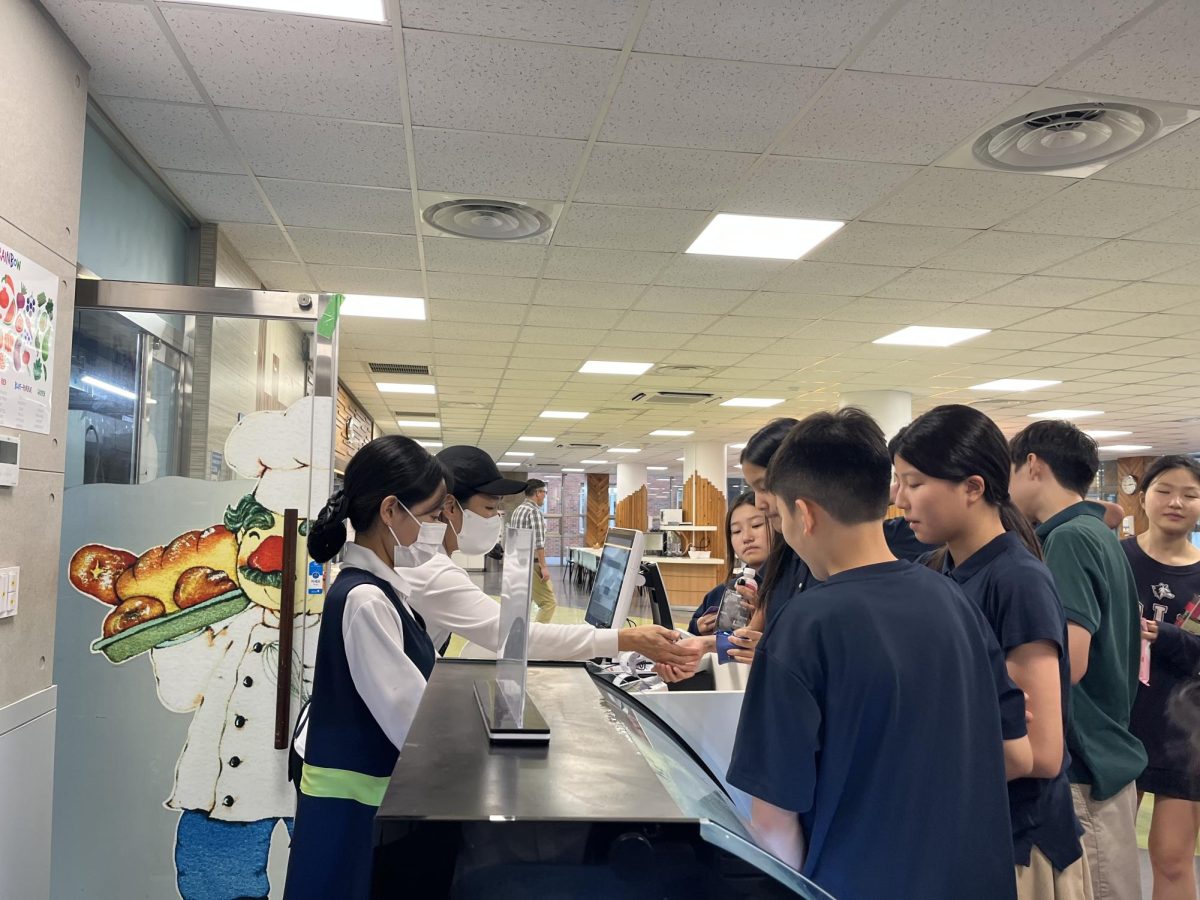


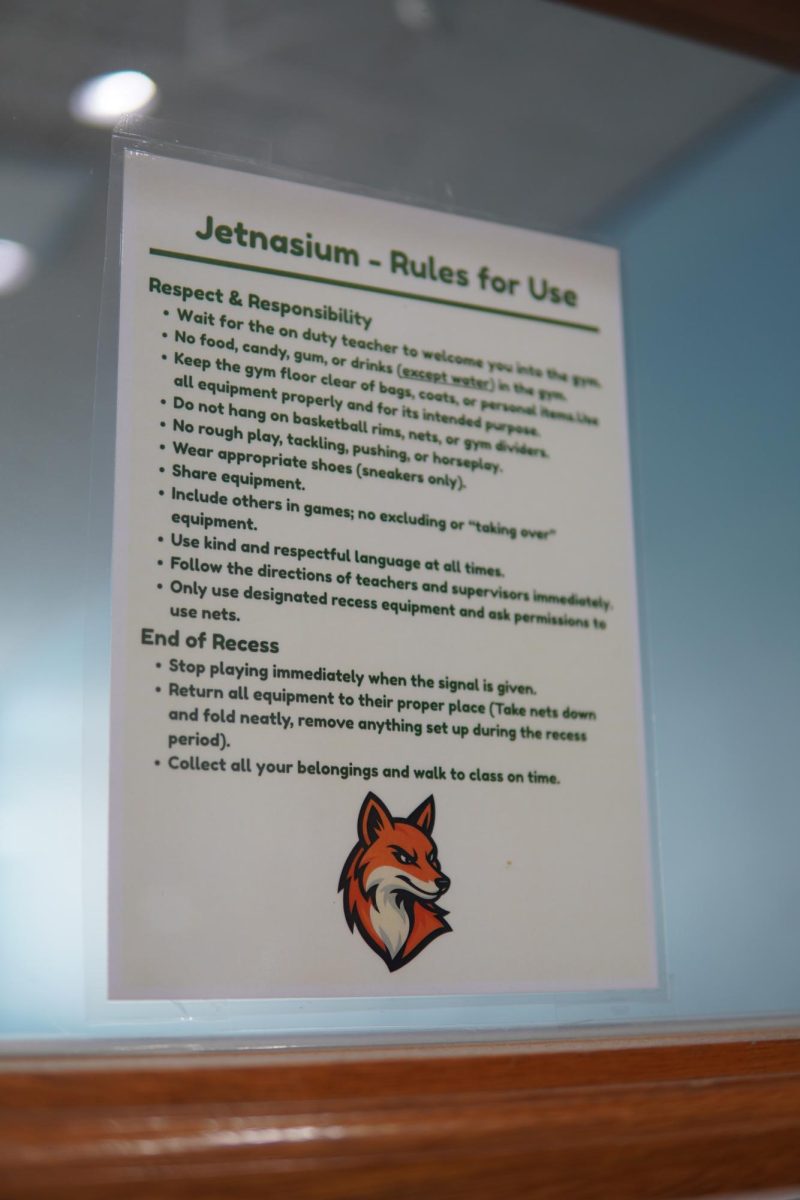
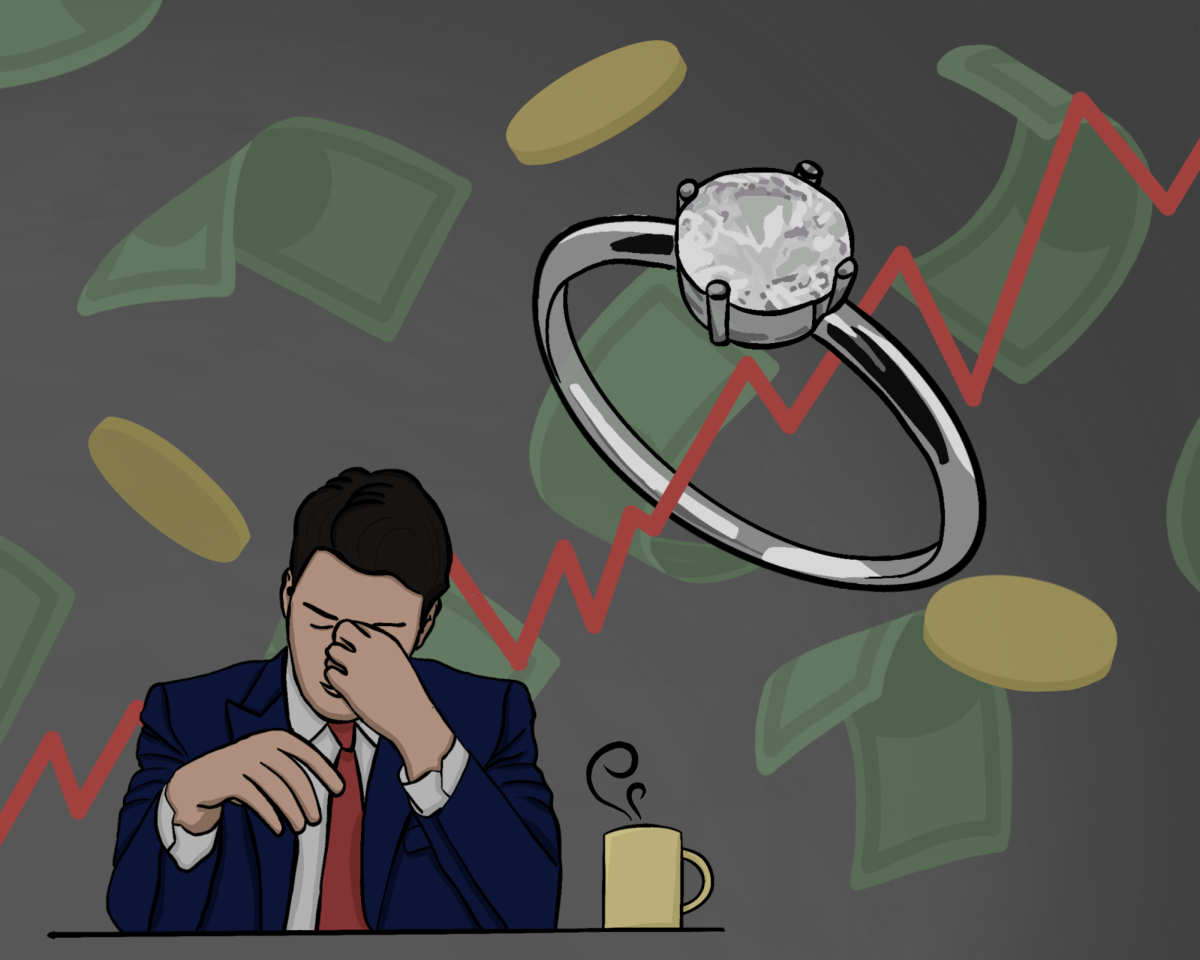

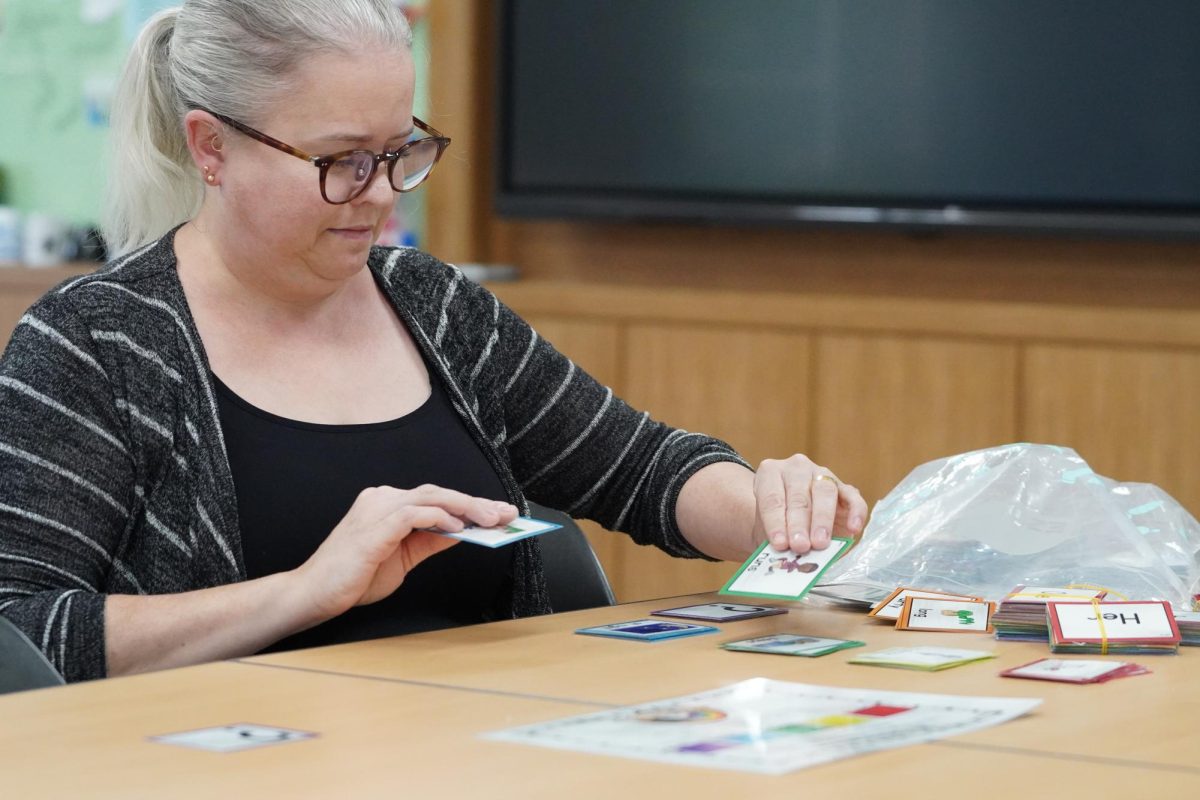
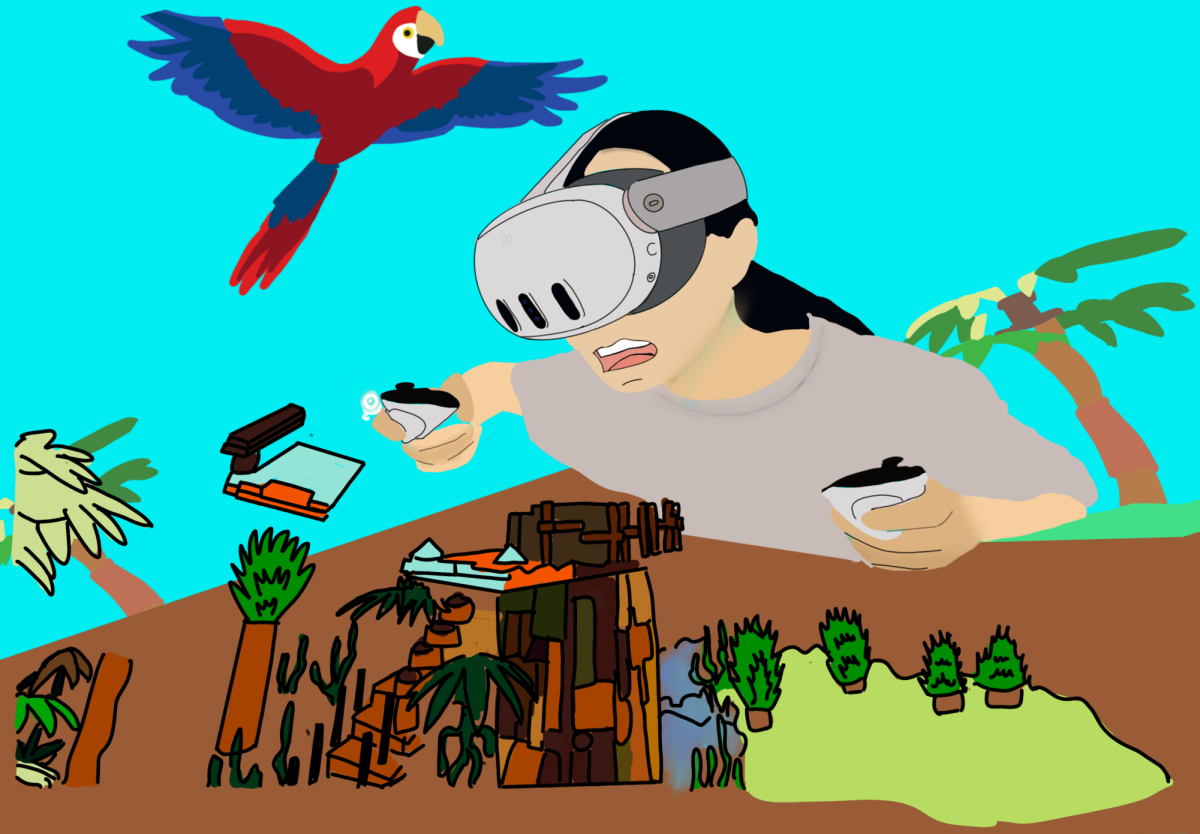



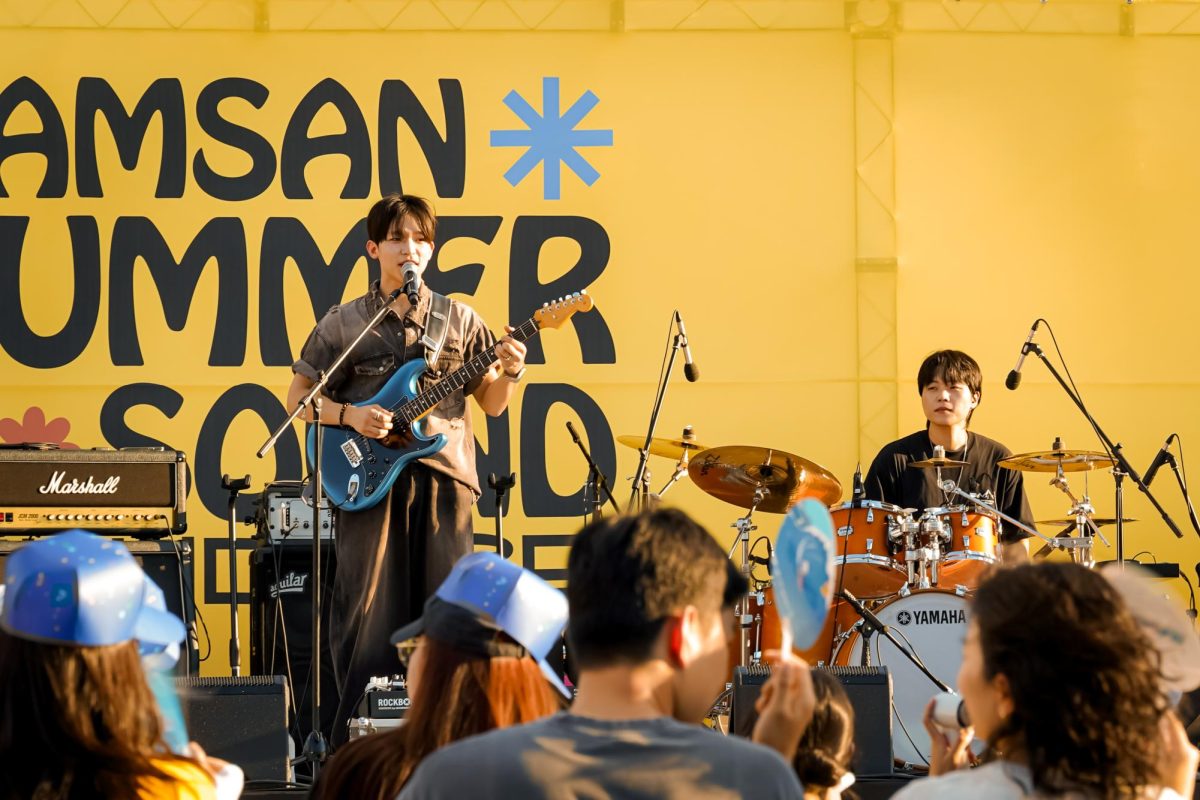
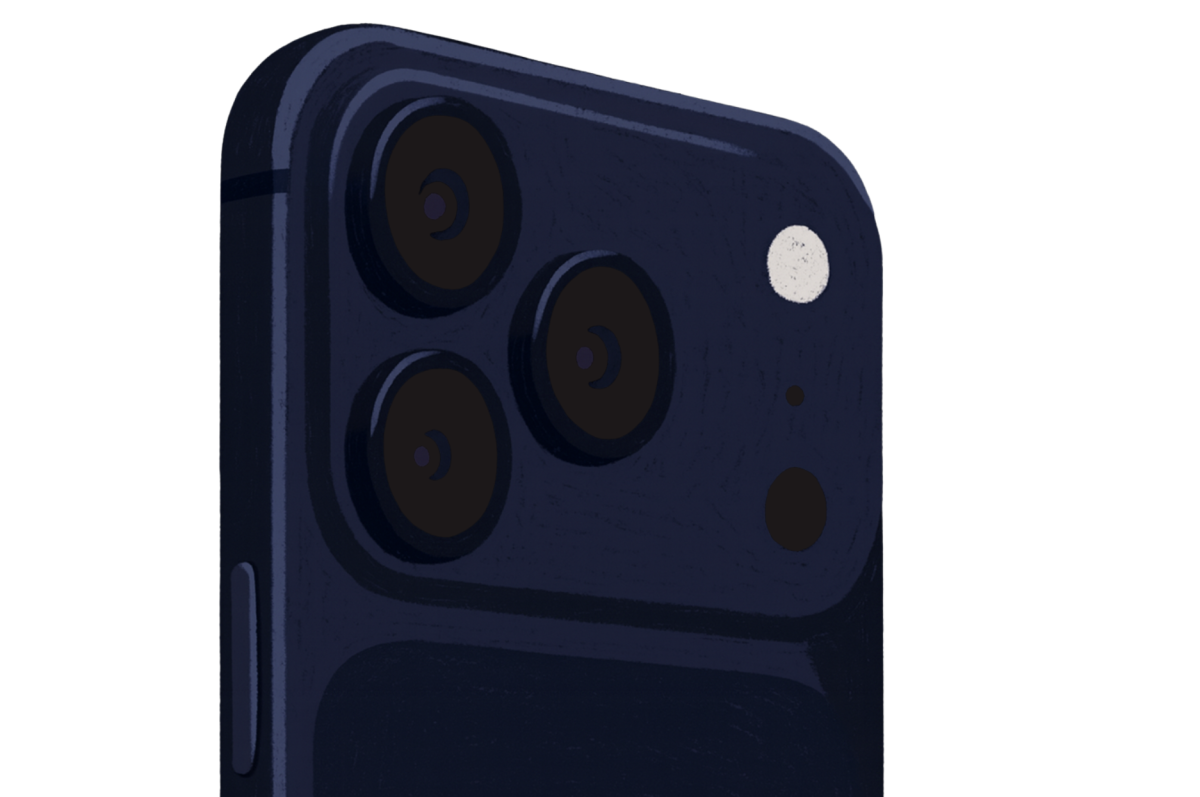

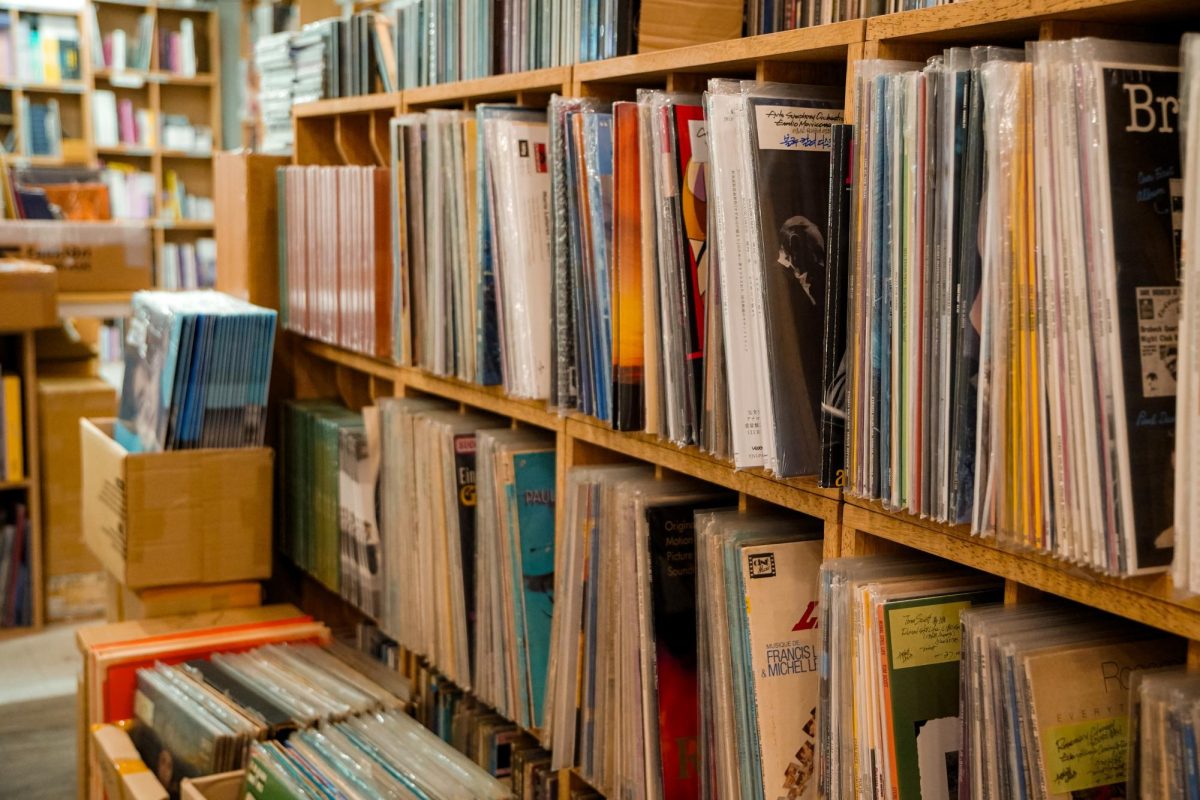
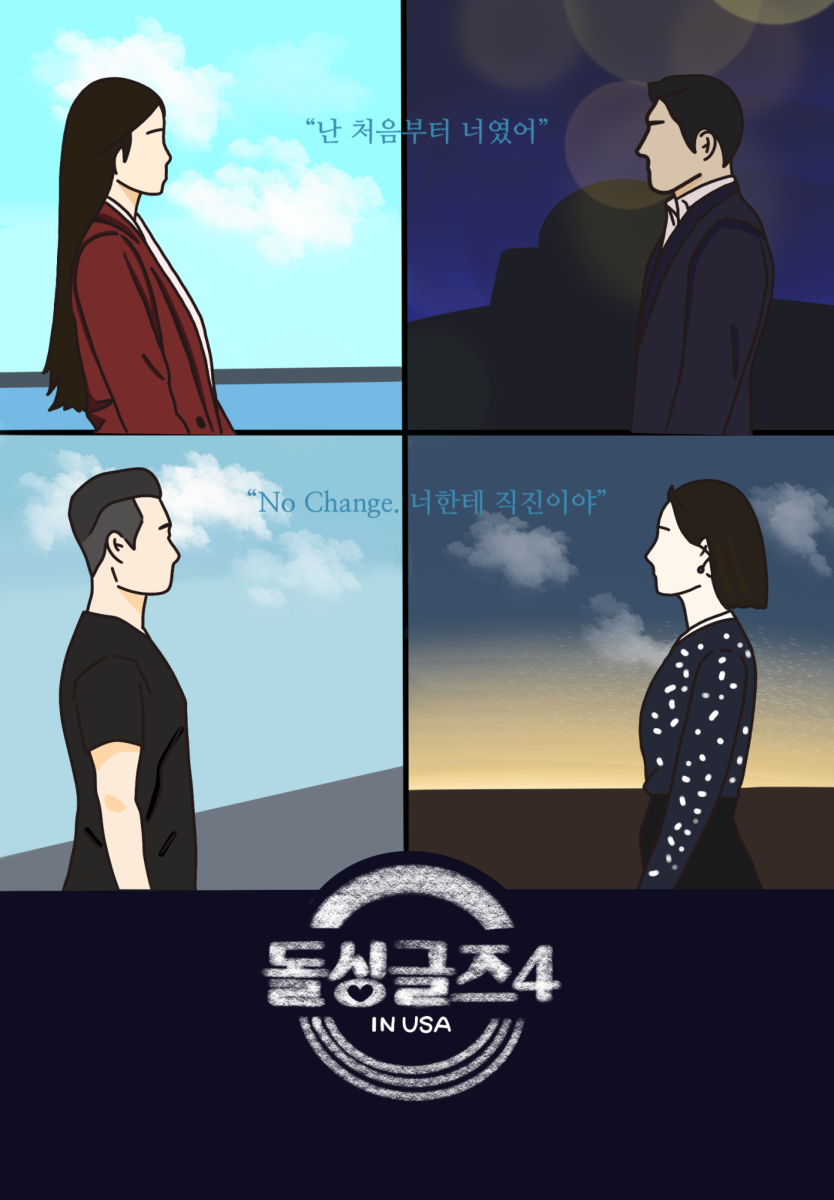

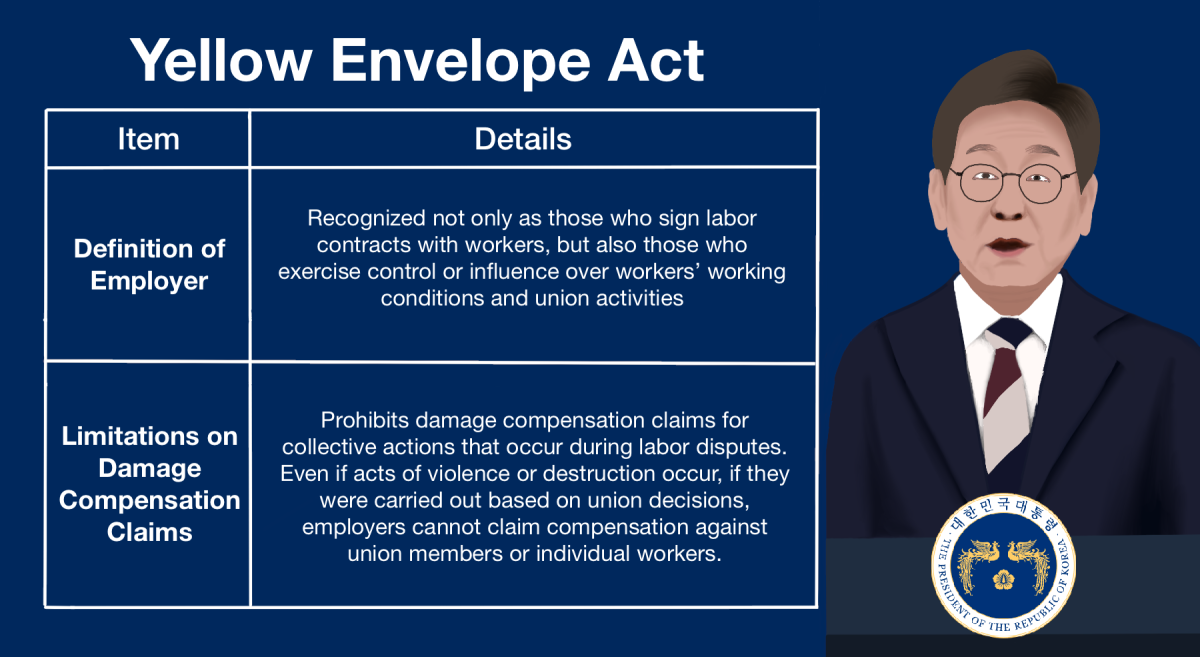













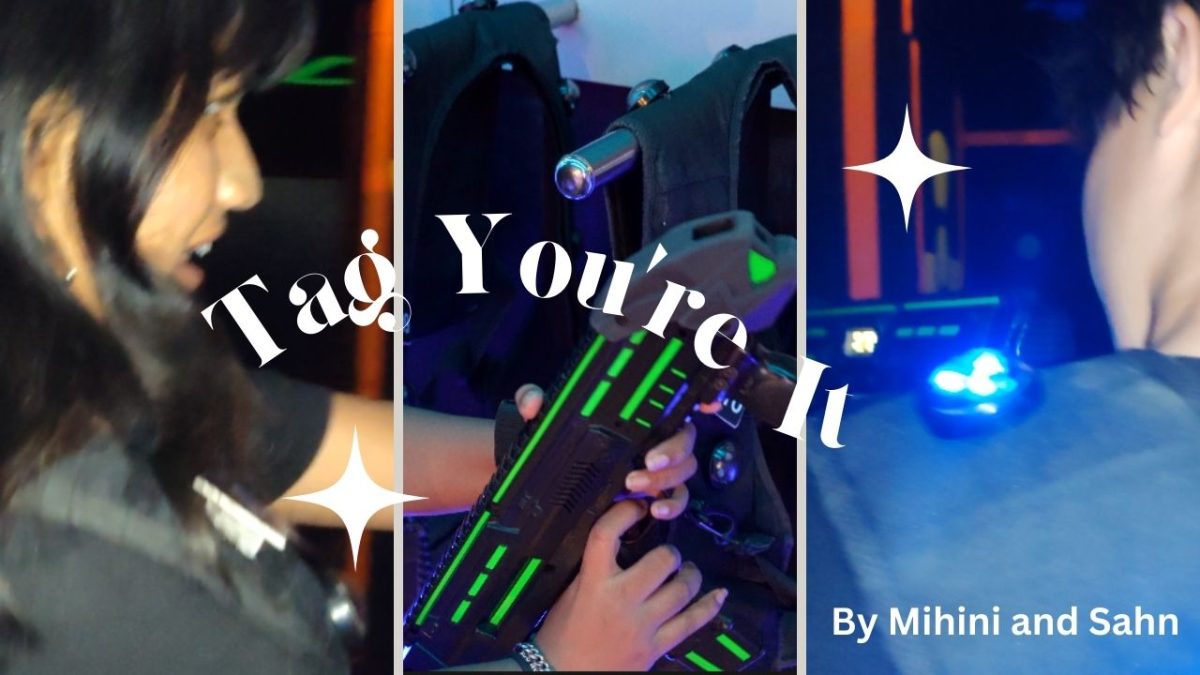

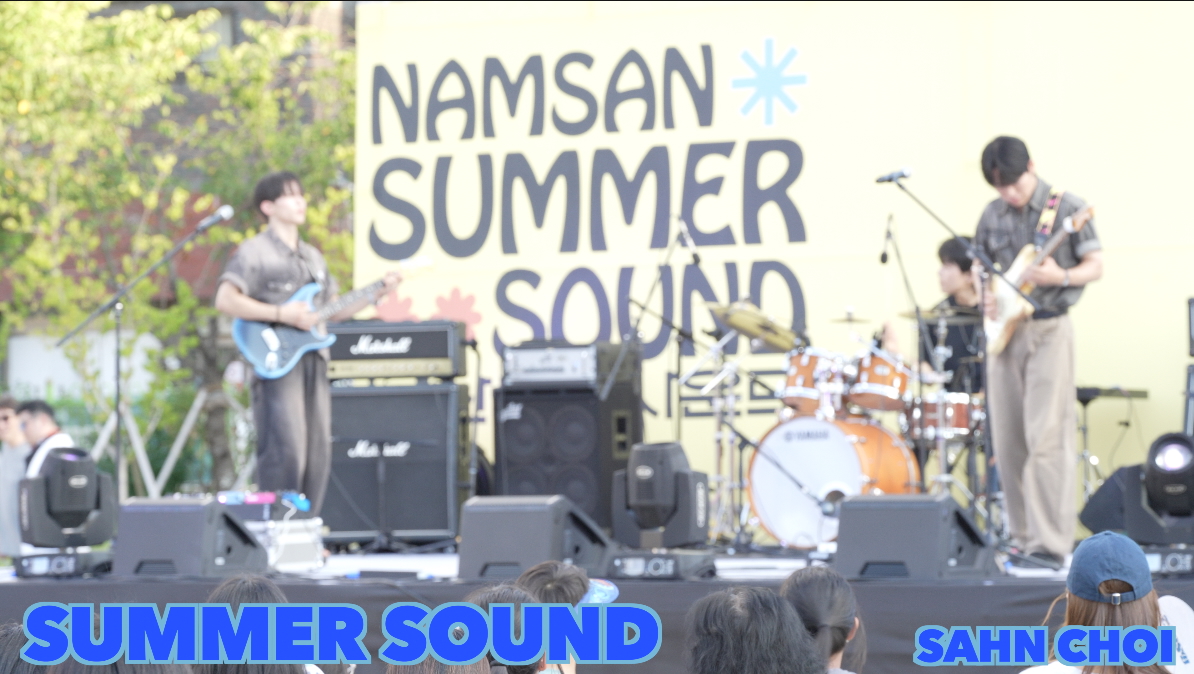
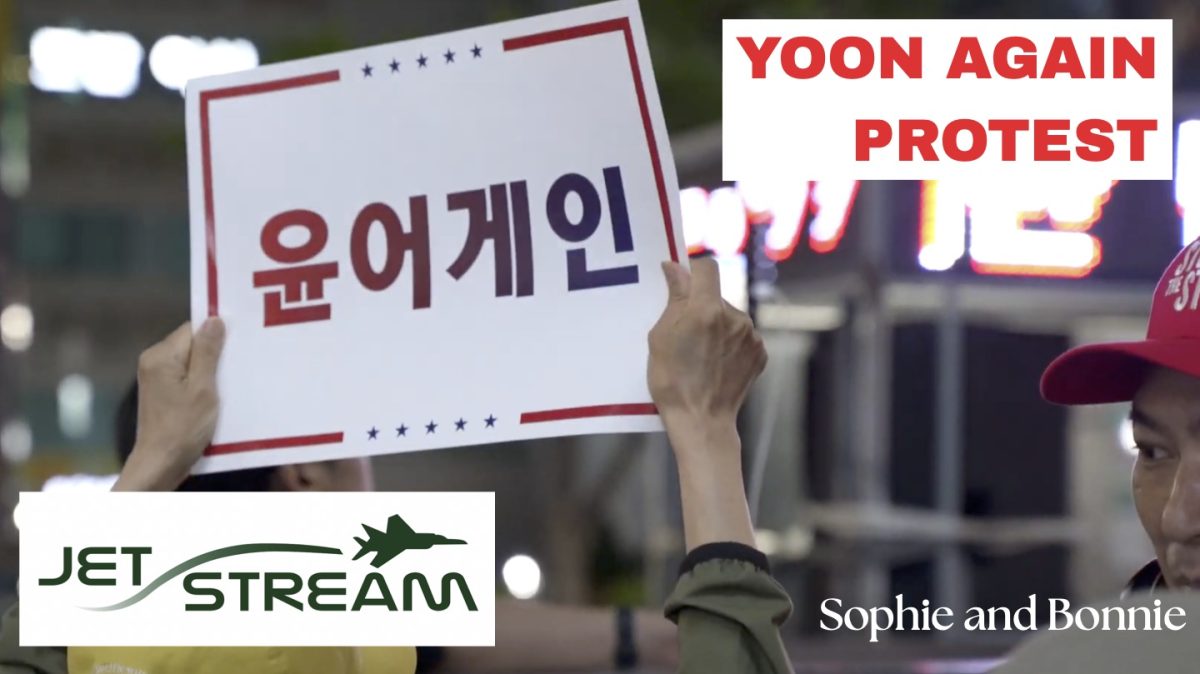
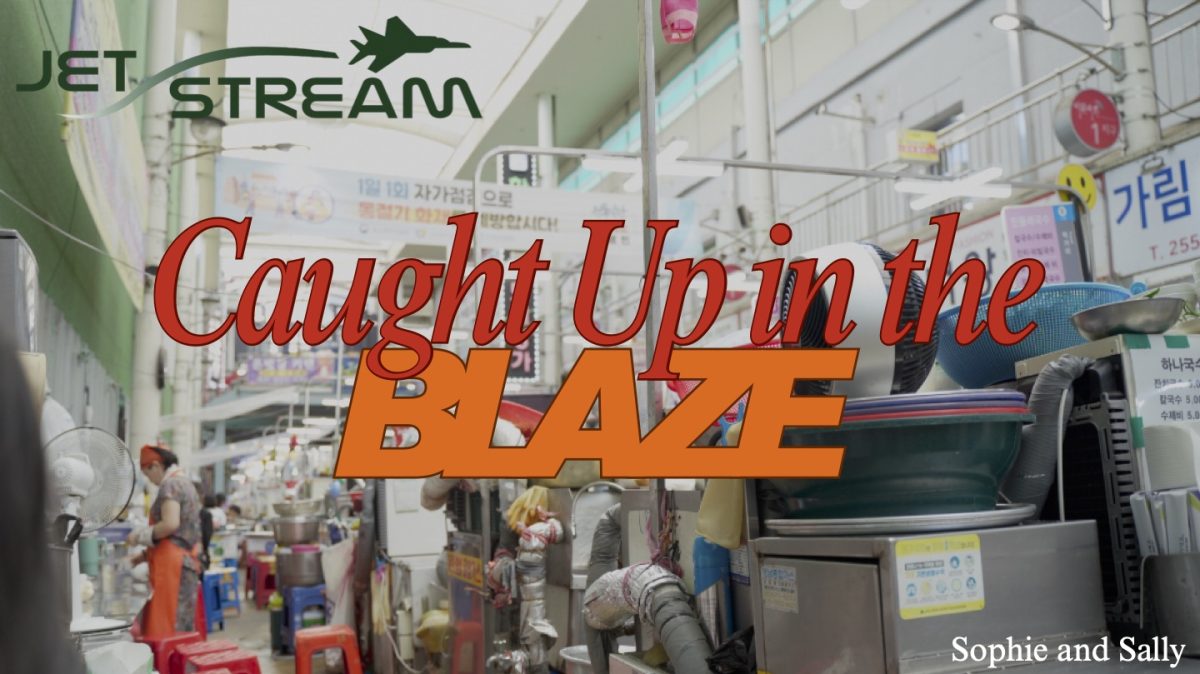




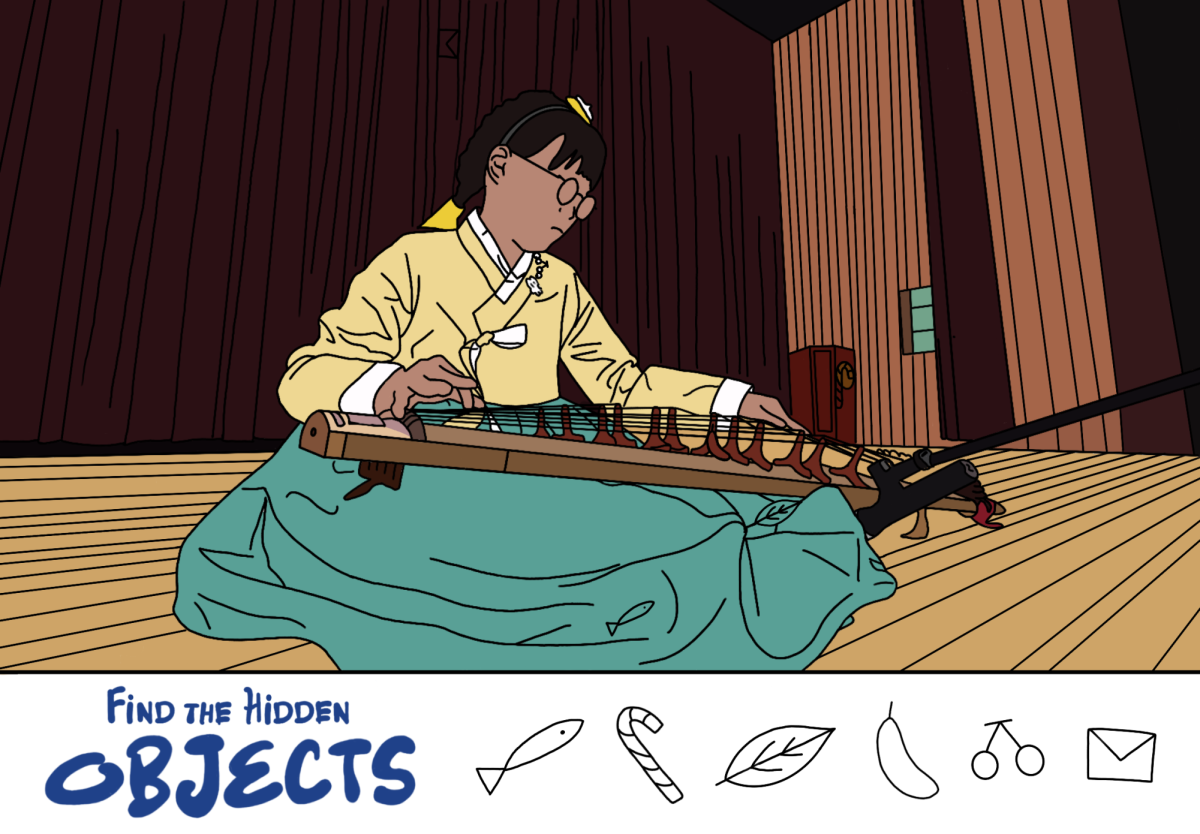

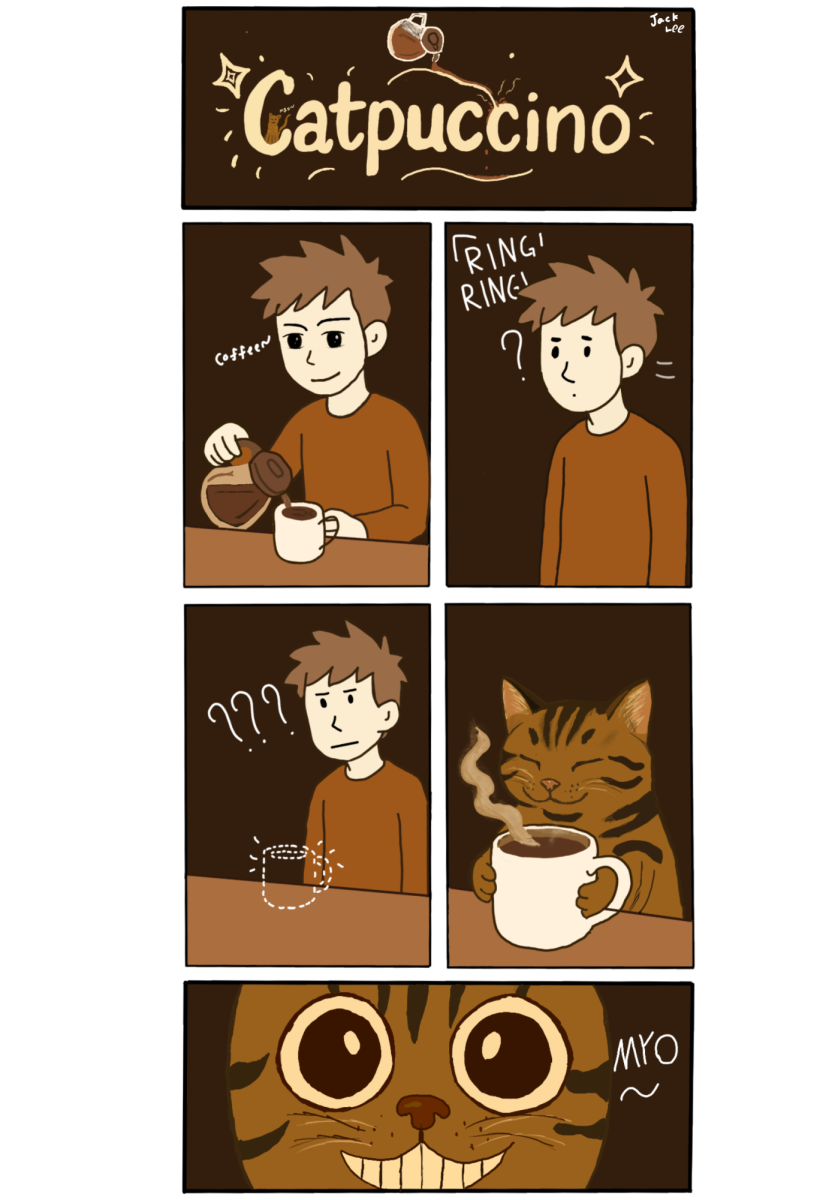



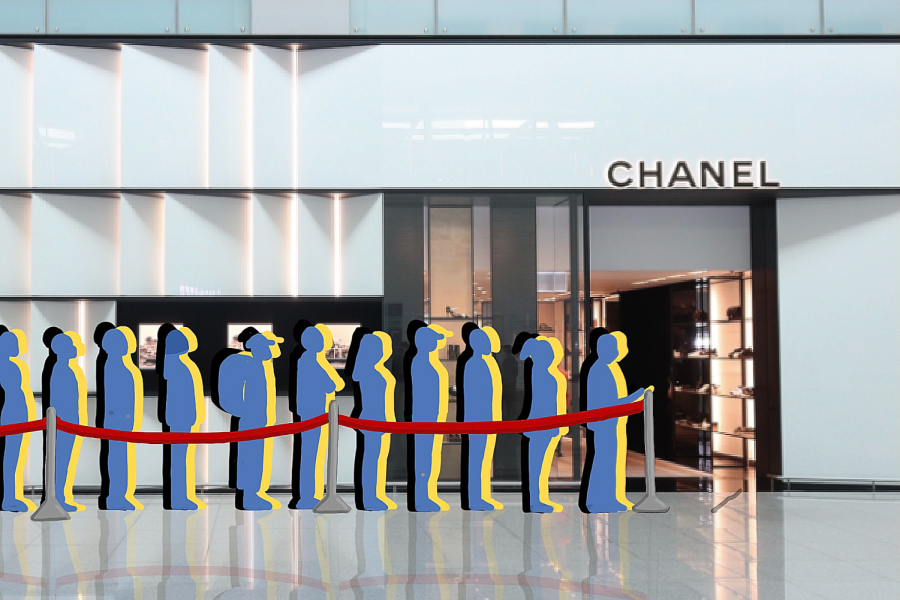



Ellen • Jan 20, 2022 at 6:30 pm
I very much agree with the writer; as a teenager, it is not a rational decision to spend such amount of time and money to be fitting in the standard of society that made it seem for you be satisfied.
Oliver Park • Jan 20, 2022 at 6:24 pm
Because of the consumers eager to buy the luxurious products, I think the price tag of each brands are increasing the price tag of the products